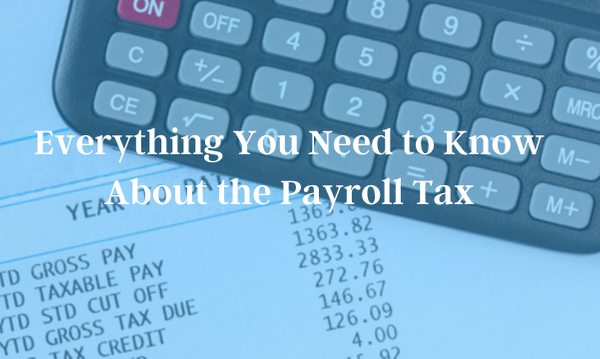As part of your financial obligations as a business owner, you must stay on topof all of your owed local, state and federal taxes. One such tax is the payroll tax.
All businesses with employees must withhold payroll taxes from those employees’ paychecks to pay certain local, state and federal taxes. The taxes that get withheld will include Medicare and Social Security taxes and other applicable taxes that apply to your state and/or municipality. A failure to pay these taxes can result in some significant penalties, so it is crucial for business owners to accurately calculate their owed payroll taxes and then make timely payments.
There are three steps to calculating your payroll taxes. Let’s take a close look at each of them.
1.Determining who qualifies as a taxable worker
For the purposes of the payroll tax, taxable workers must be actual employees of the company—independent contractors are responsible for paying their own taxes, and thus are not considered taxable workers for the payroll tax.
Sometimes the lines between employee and independent contractor can be a bit blurred, so the IRS has rules in place that determine what the status of the worker is. For example, a worker will be an employer if the employee is able to direct and control that worker, even if they do not necessarily do so. A worker will be an independent contractor if the work lasts for a specified period of time or until the end of a specific project.
2. Determining what qualifies as taxable wages
Wages that are taxable are those that are considered compensation for services performed, such as salary, bonuses and gifts. However, other types of compensation, such as reimbursements, will not qualify as taxable. For those expenses to be considered nontaxable, it is the employee’s responsibility to provide receipts or expense reports to verify them, and their relation to business operations.
3. Calculating the amount of your withholding
Once you’ve determined who qualifies as a taxable worker and which wages qualify as taxable wages, you can then determine theamount of your withholding for payroll taxes.
For federal taxes, you must withhold federal income taxes for every paycheck for the applicable period. The IRS makes this easy for employers with a couple different tax tables: wage bracket and percentage tables.
In the wage bracket table, you’ll see five different payroll periods (daily, weekly, bi-weekly, semi-monthly and monthly). Select the correct pay period and wage bracket for your employees, then look to the column that shows the claimed exemption numbers.
Percentage tables are available for eight payroll periods: all the above, plus quarterly, semi-annually and annually. They are also divided by marital status. Employers reduce wages by the value of the claimed exemptions, then look on the table corresponding to marital status to find the withholding amount listed in the bracket.
For more information about your payroll tax responsibilities and how to calculate what you owe, contact an experienced bookkeeping professional at MCG Solutions.

